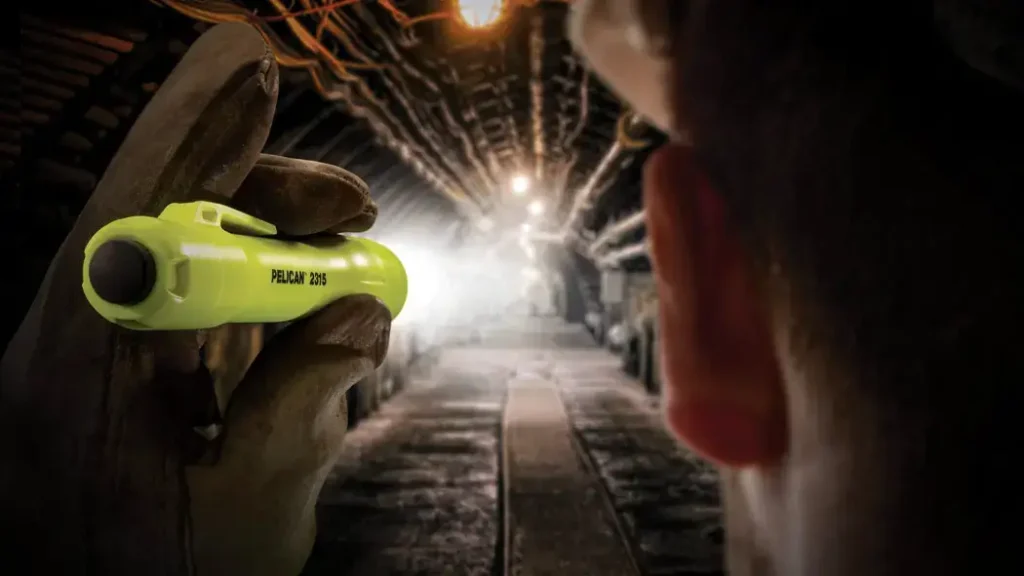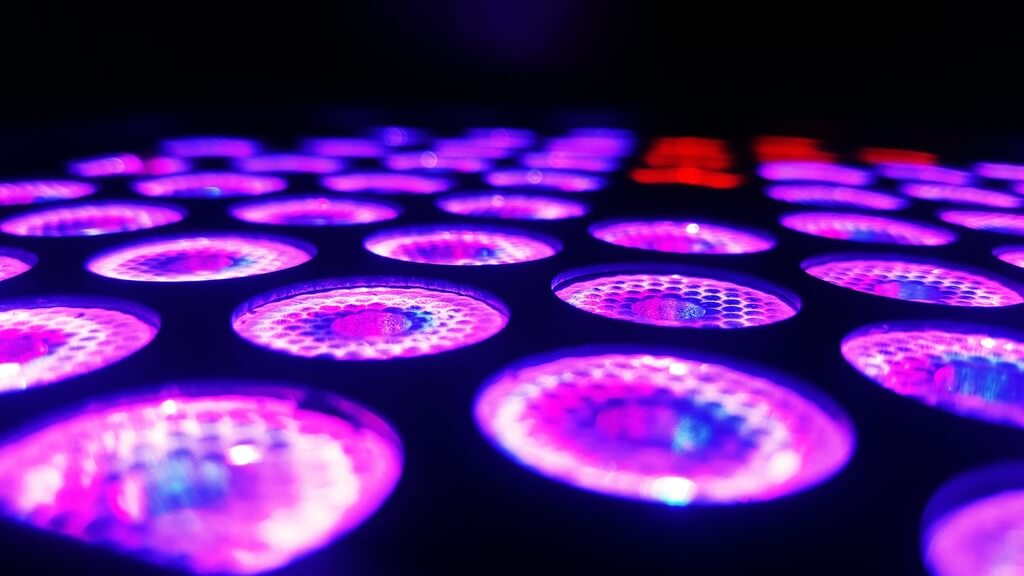Light-emitting diode (LED) torches, also known as flashlights, have become the go-to lighting solution for a wide range of applications, from general use to law enforcement and emergency services. But what is the science behind these remarkable devices, and what makes them so superior to traditional incandescent torches?
How LED Torches Work?
LED torches work by using light-emitting diodes (LEDs) to produce light. LEDs are semiconductor devices that emit light when an electric current is passed through them. The color of the light emitted by an LED depends on the composition of the semiconductor material.
In an LED torch, the LEDs are connected to a battery pack. When the torch is turned on, the battery pack provides the LEDs with the electric current they need to produce light. The LEDs are typically arranged in a cluster at the front of the torch, and a reflector is used to direct the light forward.
Why are LED Torches More Efficient?
LED torches are more energy-efficient than traditional incandescent bulb flashlights. This is because LEDs generate more light per unit of power. Additionally, LEDs last much longer than incandescent bulbs, making them more cost-effective in the long run.
| Wattage | LED Torch Brightness (Lumens) | Incandescent Torch Brightness (Lumens) |
|---|---|---|
| 10 | 800 | 100 |
| 20 | 1600 | 200 |
| 30 | 2400 | 300 |
| 40 | 3200 | 400 |
| 50 | 4000 | 500 |
Advantages of LED Torches
LED torches have a number of advantages over traditional incandescent torches, including:
- Efficiency: LED torches are much more efficient than incandescent torches. This means that they can produce more light with less energy. This is because LEDs convert electrical energy into light much more efficiently than incandescent bulbs, which produce a significant amount of heat as well as light.
- Durability: LED torches are also much more durable than incandescent torches. The LEDs are not as fragile as the filaments in incandescent bulbs, so LED torches are less likely to break if they are dropped or bumped.
- Lifespan: LED torches have a much longer lifespan than incandescent torches. LED bulbs can last for thousands of hours, while incandescent bulbs typically last for only a few hundred hours. This is because the filaments in incandescent bulbs burn out over time, while LEDs do not.
- Environmental impact: LED torches are also more environmentally friendly than incandescent torches. LED bulbs do not contain any hazardous materials, and they produce less heat, which reduces their carbon footprint.
| Characteristic | LED Torch | Incandescent Torch |
|---|---|---|
| Efficiency | 80-90% | 10-15% |
| Lifespan | 10,000-50,000 hours | 1,000-2,000 hours |
| Heat production | Very low | High |
| Durability | Very high | Low |
| Environmental impact | Low | High |
Applications of LED Torches
LED torches are used in a wide variety of applications, including:
- General use: LED torches are commonly used for general purposes, such as finding our way in the dark or searching for lost objects.
- Law enforcement: LED torches are also used by law enforcement officers for tasks such as searching crime scenes and conducting traffic stops.
- Emergency services: LED torches are used by emergency services personnel, such as firefighters and paramedics, for tasks such as searching for victims in collapsed buildings and providing medical assistance in the dark.
- Outdoor activities: LED torches are also popular with outdoor enthusiasts, such as hikers, campers, and fishermen.
- Industrial applications: LED torches are also used in a variety of industrial applications, such as inspecting machinery and equipment and performing maintenance tasks in dark or confined spaces.



What is the Future of LED Torches?
LED technology is constantly evolving, and LED torches are becoming brighter, more efficient, and more affordable.
- Even brighter light output: LED torches are already very bright, but we can expect to see even brighter LED torches in the future. This is due to advances in LED technology and the use of more efficient reflectors.
- Even longer battery life: LED torches are already very energy efficient, but we can expect to see even longer battery life in the future. This is due to advances in battery technology and the use of more efficient electronic components.
- More intelligent features: LED torches are becoming more intelligent, with features such as multiple light modes, programmable settings, and self-adjusting brightness. We can expect to see even more intelligent features in the future, such as torches that can be controlled by voice or smartphone apps.
- More affordable prices: LED torches are already relatively affordable, but we can expect to see even more affordable LED torches in the future. This is due to economies of scale and the increasing availability of LED technology.
- LED torches with built-in artificial intelligence: This would allow LED torches to learn the user’s preferences and adjust their settings accordingly. For example, an AI-powered LED torch might automatically turn on when the user enters a dark room or adjust its beam intensity depending on the ambient light conditions.
